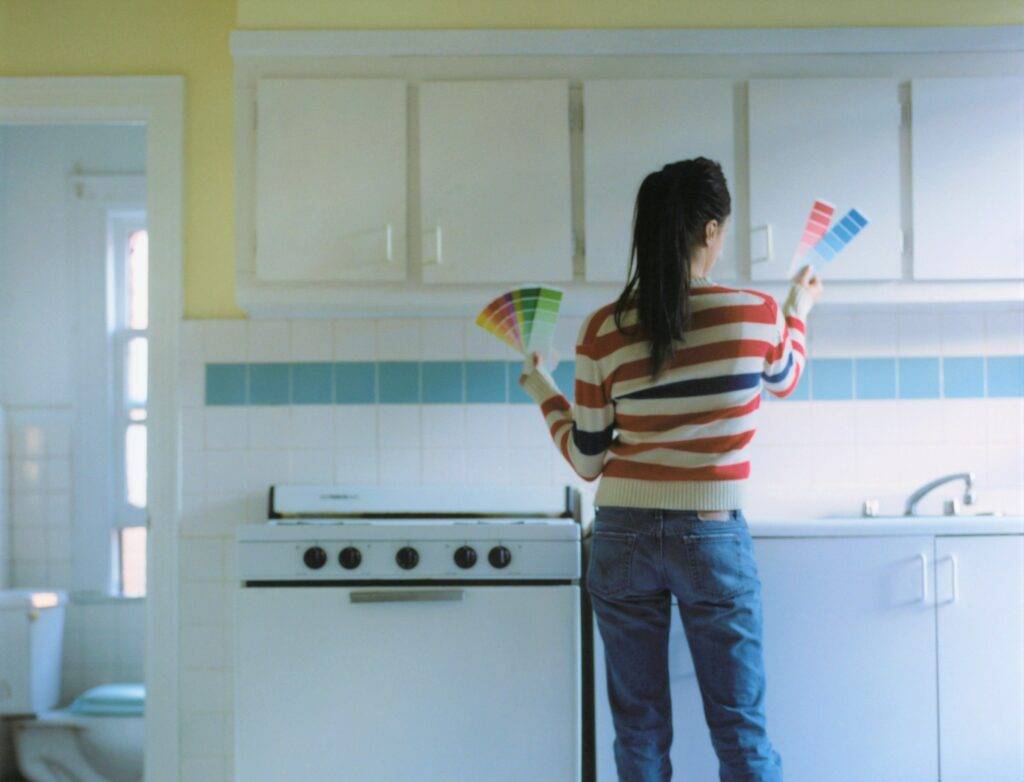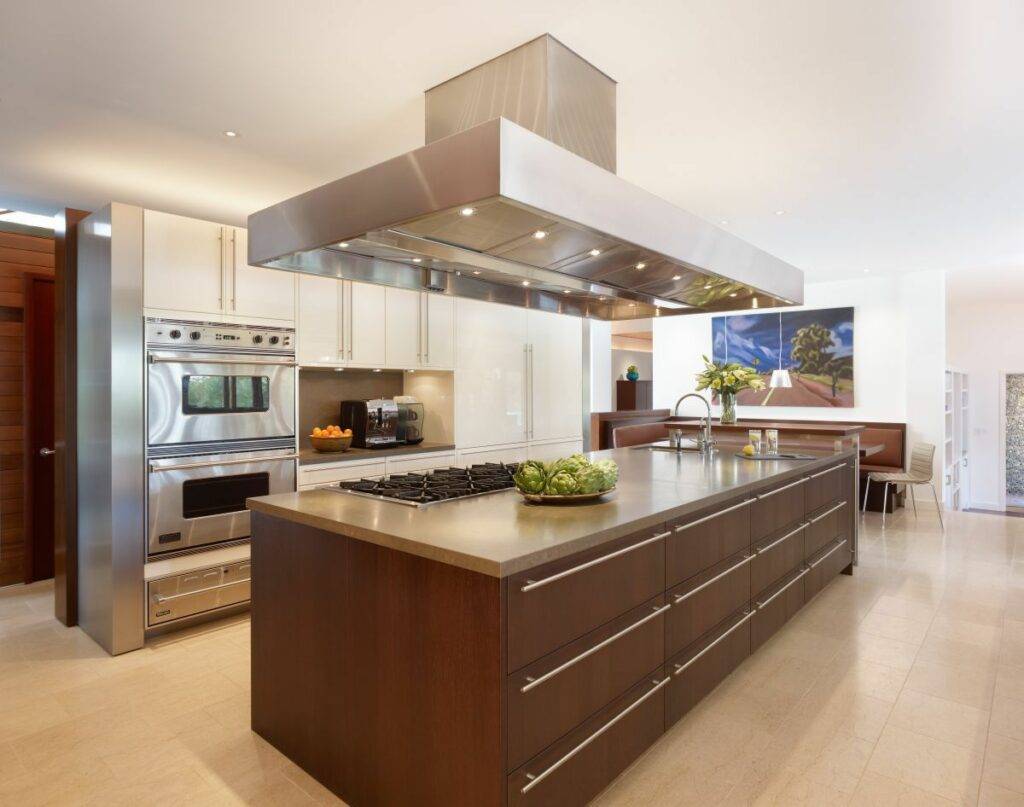A kitchen renovation is often seen as a daunting and expensive task. However, with the advent of modern spraying techniques, transforming your kitchen can be both affordable and exciting. Spraying your kitchen cabinets, appliances, and walls offers a quick and effective way to breathe new life into your space without the need for a full remodel. This comprehensive guide will walk you through the latest spraying techniques, providing tips, benefits, and inspiration for reinventing your kitchen.

The Benefits of Kitchen Spraying
Before diving into the techniques, it’s important to understand why kitchen spraying is becoming increasingly popular among homeowners. Here are some of the key benefits:
- Cost-Effective: Spraying your kitchen is significantly cheaper than replacing cabinets and appliances. It allows you to update the look without the hefty price tag of new installations.
- Time-Saving: Traditional kitchen renovations can take weeks or even months. Spraying, on the other hand, can be completed in a matter of days, minimizing disruption to your daily routine.
- Customizable: Spraying allows for a high degree of customization. You can choose from a wide range of colors and finishes to match your personal style and the overall aesthetic of your home.
- Eco-Friendly: By opting to spray your existing cabinets and appliances, you’re reducing waste and promoting sustainability. It’s a great way to give your kitchen a fresh look without contributing to landfill.
- Durable and Long-Lasting: Modern spray paints are designed to be durable and withstand the wear and tear of everyday kitchen use. With proper application, the finish can last for years.
Preparing Your Kitchen for Spraying
Preparation is crucial to achieving a professional finish when spraying your kitchen. Here are the steps to ensure your kitchen is ready for its makeover:
- Clean Thoroughly: Begin by cleaning all surfaces to be sprayed. Grease, grime, and dirt can prevent the paint from adhering properly. Use a degreaser and scrub all areas, paying extra attention to cabinets and appliances.
- Remove Hardware: Take off all handles, knobs, and hinges from your cabinets. This not only makes the spraying process easier but also ensures that these parts don’t get painted accidentally.
- Sand Surfaces: Lightly sand the surfaces to be sprayed to create a smooth base for the paint. This helps the primer and paint adhere better. Use fine-grit sandpaper and be thorough.
- Mask Off Areas: Use painter’s tape and plastic sheeting to cover areas that you don’t want to paint, such as countertops, floors, and adjacent walls. Proper masking is essential to avoid overspray.
- Prime: Applying a primer is essential, especially on surfaces like wood or laminate. A good primer ensures better adhesion of the paint and improves durability. Allow the primer to dry completely before moving on to the next step.
Choosing the Right Spraying Equipment
The quality of your spray finish largely depends on the equipment you use. Here are some options to consider:
- HVLP (High Volume Low Pressure) Sprayers: HVLP sprayers are popular for their ability to provide a smooth, even finish with minimal overspray. They are ideal for detailed work like cabinet doors and trim.
- Airless Sprayers: These are more powerful and can cover larger areas quickly. They are suitable for spraying walls and large cabinets. However, they may produce more overspray compared to HVLP sprayers.
- Compressed Air Sprayers: These offer a fine finish and are versatile, but they require an air compressor. They are suitable for both small and large projects.
- Spray Paint Cans: For smaller touch-ups or DIY projects, high-quality spray paint cans can be a convenient option. They are easy to use and available in various colors and finishes.

Latest Spraying Techniques
With your kitchen prepped and your equipment ready, it’s time to explore the latest spraying techniques that can help you achieve a stunning transformation.
- Two-Tone Cabinets: This trend involves using two different colors on your cabinets to create a dynamic and modern look. For example, you can spray the upper cabinets in a light color and the lower cabinets in a darker shade. This technique adds depth and interest to your kitchen.
- Matte Finishes: Matte finishes are gaining popularity for their sleek and sophisticated appearance. They are less reflective than glossy finishes, giving your kitchen a contemporary feel. Matte sprays are available for cabinets, appliances, and even walls.
- Metallic Accents: Incorporating metallic sprays can add a touch of glamour to your kitchen. You can use metallic paint on cabinet handles, light fixtures, or even create an accent wall. Gold, silver, and bronze tones are particularly trendy.
- Chalkboard Paint: Chalkboard paint is a fun and functional option for kitchen walls or cabinet doors. It allows you to write notes, grocery lists, or recipes directly on the surface. Plus, it can be easily wiped clean.
- Textured Sprays: Adding texture to your kitchen surfaces can create a unique and tactile experience. There are sprays available that mimic the look of stone, concrete, or even fabric. These are great for accent walls or backsplashes.
- Gradient Sprays: This technique involves blending two or more colors to create a gradient effect. It can be used on cabinets, walls, or even appliances for a bold and artistic statement.

